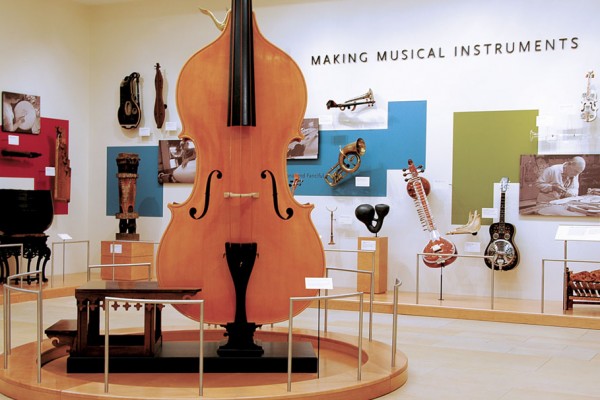Continued (page 3 of 5)
This is important to keep in mind because even though the town assumes everybody knows about Sedona’s film history, in fact, the average person is not aware of it. Sedona was never really known to the world at large [as a filming location], even in its prime. Not long ago, I talked to a well-known film historian who told me he never knew they made movies here. I wasn’t shocked to hear that. Studio PR hardly ever mentioned Sedona by name, and on the very rare occasion it was credited it was usually incorrectly. In one instance, Sedona was even misidentified in the main credits of a B movie as Monument Valley! So the town is dead wrong to take for granted its movie history––the true place of importance Sedona should hold in mainstream American culture. We must begin to promote our film legacy, which, I should add, has the potential to be parlayed into a goldmine of tourism. I’m not talking about as a come-on for a timeshare sales spiel, either. Sedona’s future lies in honoring her movie past.
You see, the one advantage Sedona has over most other Western movie locations is the history. Monument Valley has the cachet of its association with John Ford. Lone Pine in California has the numbers – over 400 films have been made there. But Sedona is American film in microcosm, from silent movies to early talkies to B Westerns to World War II propaganda to film noir to 3-D movies to rock ’n’ roll to ’70s road pictures. Sedona was even the background for an Oscar-winning performance – Art Carney’s in Harry and Tonto. So even though there were only 60 movies filmed here in those 50 years, taken as a body of work they make up a visual record of 20th-century popular culture. And that’s where Sedona has missed the gravy train by misunderstanding its past. Even the constant romanticizing of The Call of the Canyon for all these years has been a misstep – it may have been the first film made here, but it was a minor one. It’s been forgotten by all but a few die-hard movie buffs. It probably hasn’t even existed for years. To most people living in the 21st century, The Call of the Canyon is irrelevant. What about Johnny Guitar? The Library of Congress has placed that one in the National Film Registry as an American treasure. What about Broken Arrow? What about Angel and the Badman with John Wayne? Even Stay Away, Joe, which isn’t a very good movie, has the Elvis connection, just the kind of cool thing Sedona should promote.
Did you think twice about pointing out the fact that William Boyd, who played the beloved character Hopalong Cassidy, may have hidden in Flagstaff to evade the draft in World War I?
Of all the B Westerns, the Hoppys are my favorites. They are well-made films with really likeable characters. Boyd himself was a very likeable man who never hid the fact that in his younger days he was a party boy and ladies’ man. But according to an oral history project the Flagstaff Public Library conducted in the ’70s, one man who knew him before he became famous claimed Boyd was also a draft evader. Apparently there were a whole bunch of draft evaders that hid in Flagstaff during the first world war. It was a very isolated place back then, but it was a railroad stop, so they could get out of town easily if they had to. Was Boyd really a draft evader? A century later, who can say for sure what’s true? But facts do point to it. I checked and Boyd’s name is missing from World War I conscription records in the National Archives.
The book touches on some of the errors that have been perpetuated by tour guides, timeshare salespeople and local “historians.” Let’s talk about some of the biggest misnomers. Why do you think Sedona residents have been so lax in making sure Sedona’s history is accurate?
Sedona’s standing in American culture has clearly suffered and I’m not sure if it was done on purpose in every case or was just because of innocent mistakes repeated over the years. I do believe there were some individuals who wanted to profit off of Sedona’s history and not necessarily because they had any right to. I also think Sedona’s suffered from some third-rate journalism and people taking for granted that what they read is always correct. Some good examples are a couple of the streets in the Sedona West subdivision. They’re named after movies, but somebody got the titles wrong. Even after we began running the movie series in Sedona Monthly, inaccurate information showed up on commemorative plaques placed at the Hyatt and in Uptown. We’re supposed to be living in the information age, so it is mindboggling to me that so many fallacies continue to be perpetuated. Doesn’t anybody bother to do fact checking?



